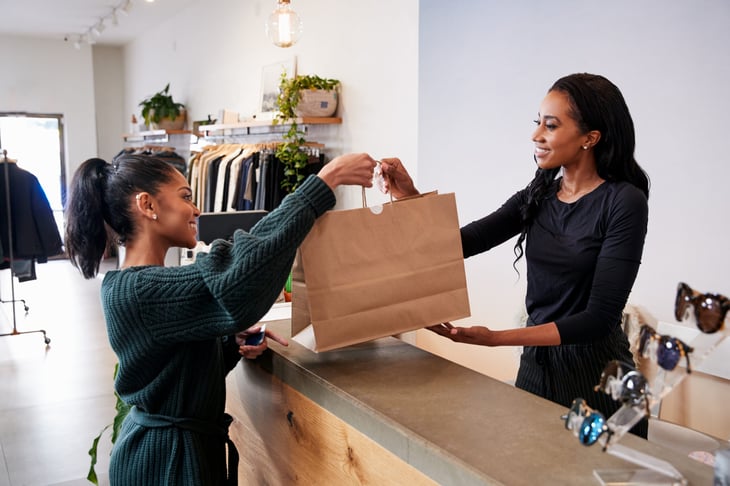
Remember, every time you walk into the mall, the grocery store or a big-box retailer, it’s you against them.
Retailers, marketers, sales professionals and CEOs are determined to make you buy more than you planned. In addition, retailers have an arsenal of sales tactics that may seem silly but actually serve as heavy-duty artillery when it comes to persuading you to part ways with your money.
Following are some especially cagey tricks companies may use.
1. Coupon savings
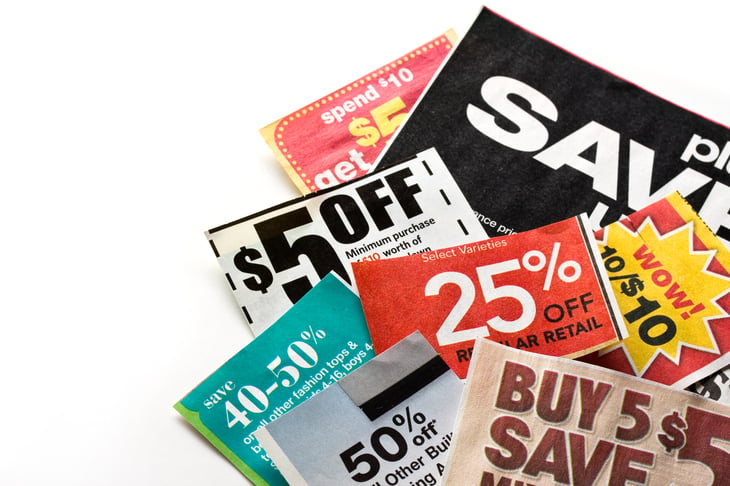
I love coupons, so I can’t advise you never to use them. That said, coupons have a sneaky way of making you buy things you’d never purchase at full price, or even sale price.
Bottom line: Coupons make it feel like you’re getting a deal even if you aren’t. Double-check and make sure the after-coupon price is in fact a bargain.
If you’re looking for a break on a specific item, check out sites like Coupons.com. Again, just be clear-headed about whether the deal on the coupon is really a bargain and the product is something you’ll really use.
2. Rewards programs and loyalty cards
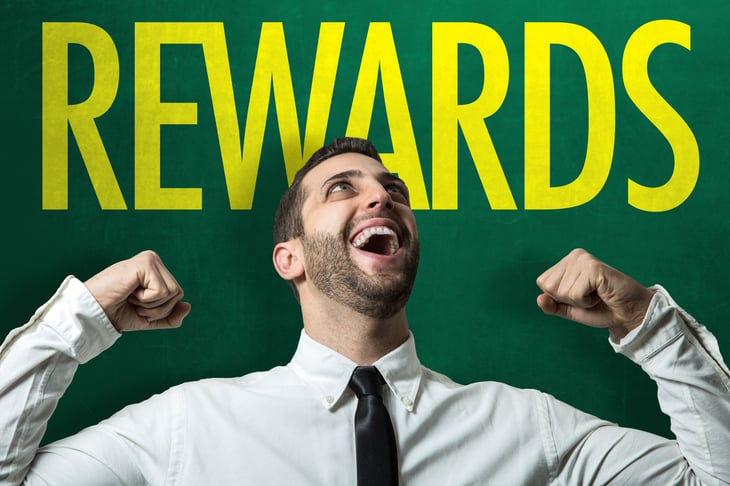
Rewards programs are how retailers keep you coming back to their store even though you have other options.
Maybe there is a better sale at Walgreens, but you have an ExtraCare rewards card from CVS so you don’t even bother checking Walgreens. You head straight for CVS instead.
It works the same if you have a loyalty card for a gas station, grocery store, coffee shop or hotel chain. You stop comparison shopping and simply go to the business offering the rewards. That’s good for them, but it could be costly for you.
3. Free-shipping offers

Shopping online is convenient, but paying for shipping is a real drag. Beyond that, it can be downright expensive at some stores.
Web retailers know that many of us have an aversion to paying shipping costs, so they often offer free-shipping deals. These may come with a catch: You have to spend $30, $50, $100 or some other amount to get the free shipping.
How many people have spent precious time searching for extra items to add to their order to reach the amount needed for free shipping? I’ll raise my hand and admit to spending an ungodly amount of time looking for a $15 item (that I really didn’t need) to add to my $35 purchase in order to get free shipping. In hindsight, I should have stuck with my $35 buy, paid the $5 in shipping and come out $10 ahead.
4. Multiple purchase pricing
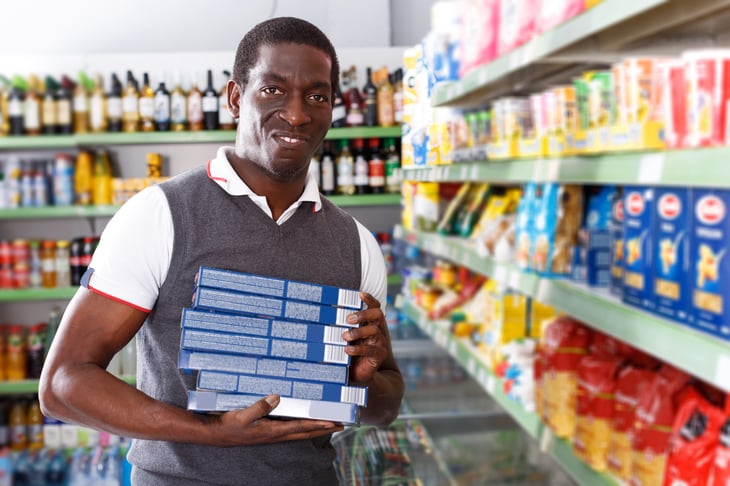
My go-to grocery store loves to run a 10-for-$10 promotion in which not only are the sale products a mere dollar each, but you also get the 11th item free. There are often at least a dozen things included in the sale, and you can mix and match! How cool is that?
It’s awesomely cool for the grocery store when we load up on 11 things we don’t need. It’s even better when they regularly sell for $1.09 anyway.
I’m not saying multiple-purchase pricing is always bad. It’s just that when we see four-for-$5 sales, we tend to buy four items even if we only need one.
5. BOGO, B1G2 and B2G1 deals
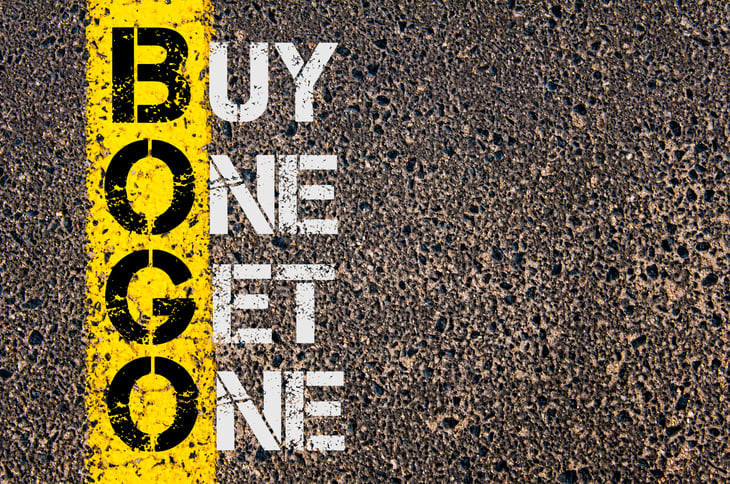
BOGOs — buy-one-get-one-free sales — work similarly to multiple purchase pricing. They entice you to buy more than you normally would.
Now, if you’re already planning to make a purchase and a second one is free, by all means, take the freebie. But if you find yourself suddenly justifying the purchase of unneeded new shoes because of a BOGO ad, the marketers can pat themselves on the back for a job well done.
B1G2 and B2G1 deals involve, respectively, buying one product and getting two free, or buying two and getting one free. There is also another common variation that involves buying one thing and getting the second for half off.
6. Bundled purchases

Another silly way retailers persuade us to buy more is by bundling purchases. As part of a special sales bundle, for example, you might get a printer and office software along with a laptop. If you need a printer and software, this could be cheaper than buying the three separately.
However, you might have a perfectly good printer at home, and maybe you only plan to use the laptop for Facebook and email. I could be wrong, but I don’t think you need Microsoft Excel for either of those things.
Why wouldn’t you want to buy $1,000 worth of computer gear for only $800? Because if all you need is a $600 laptop, you’re $200 poorer for no good reason.
7. Sales events
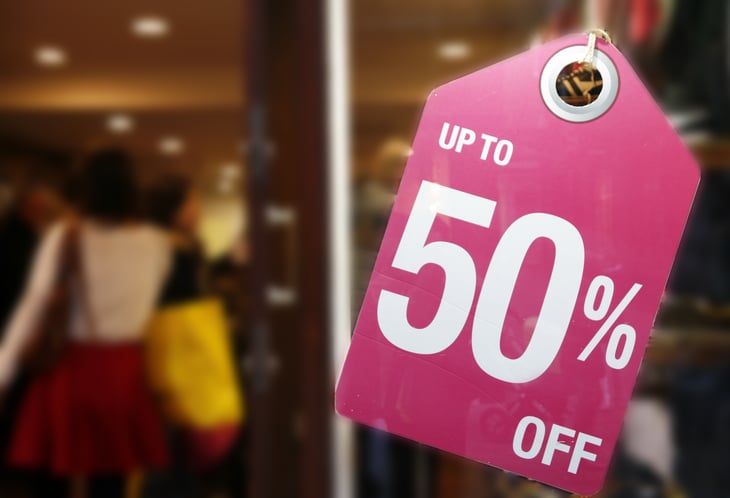
The fact that a store declares a sale to be phenomenal does not necessarily mean that it is a great deal. In fact, you could walk into a store that has announced sale prices “as much as 70% off” and find everything except one lonely rack is only 20% off.
It’s not false advertising; the ad clearly includes the qualifier “as much as.”
Some retailers are more prone than others to using misleading sales tactics. Remain skeptical of all sale claims. Don’t get caught up in the hype of a supposed once-in-a-lifetime deal. Trust me, there will always be another deal.
8. Psychological pricing
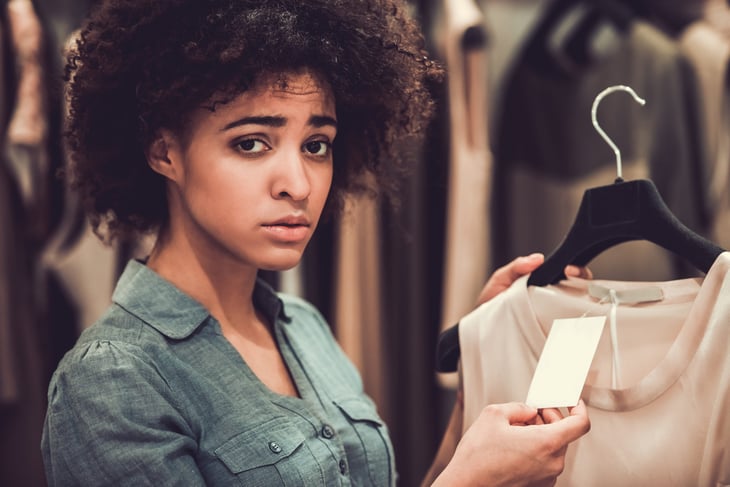
You would think by now we would be savvy enough not to be tricked by seeing the number “9” at the end of a price. And yet, we continue to think something priced at $19.99 is a better deal than an item priced at $20.
Known as “charm pricing,” ending sales tags with a “9” is only one way that businesses use psychological pricing to their advantage. They may also trick you into spending more by dropping the dollar sign, putting a per-customer limit on sales or using a small font, which takes shoppers’ attention away from the price, says ChangingMinds, a site on persuasion.
Who knew we could be so easily manipulated by a price tag?
9. Upselling everything
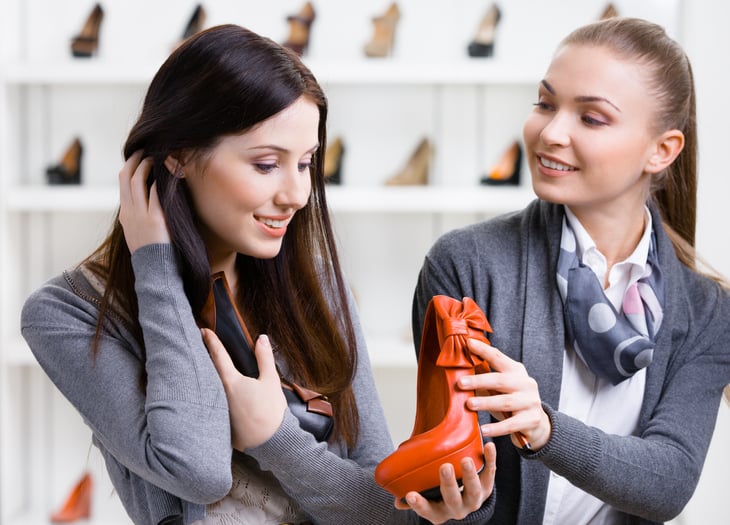
Whenever you’re asked if you want an extra shot of espresso with your coffee or a bucket rather than a bag of popcorn at the theater, you’re being “upsold.”
In fact, even the language for this technique is finely tuned to maximize your chances of saying yes. When I worked as a mystery shopper, one chain required its employees not to ask, “Do you want anything else?” Instead, they were told to ask, “What else would you like?” to create the expectation that you will buy more.
10. Point-of-sale add-ons
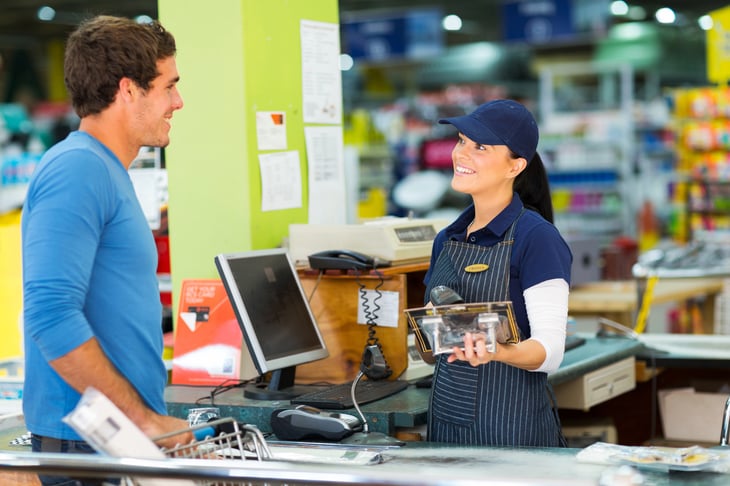
The final seemingly silly sales tactic that drains our wallets is the point-of-sale add-on. These are the gum, candy and magazine displays by the register, and the sales clerk who asks if we’d like to save 25% by opening a store credit card.
At a gas station in my town, the sales clerks are rather shameless about promoting the monthly candy deal, informing customers that they are competing for who can sell the most. That tidbit is followed by an appeal to help the worker out by making a purchase.
The only thing missing is some slight whimpering and big puppy dog eyes. I’m sure some heartless folks can say no to this plea for help, but it gets me every time.
